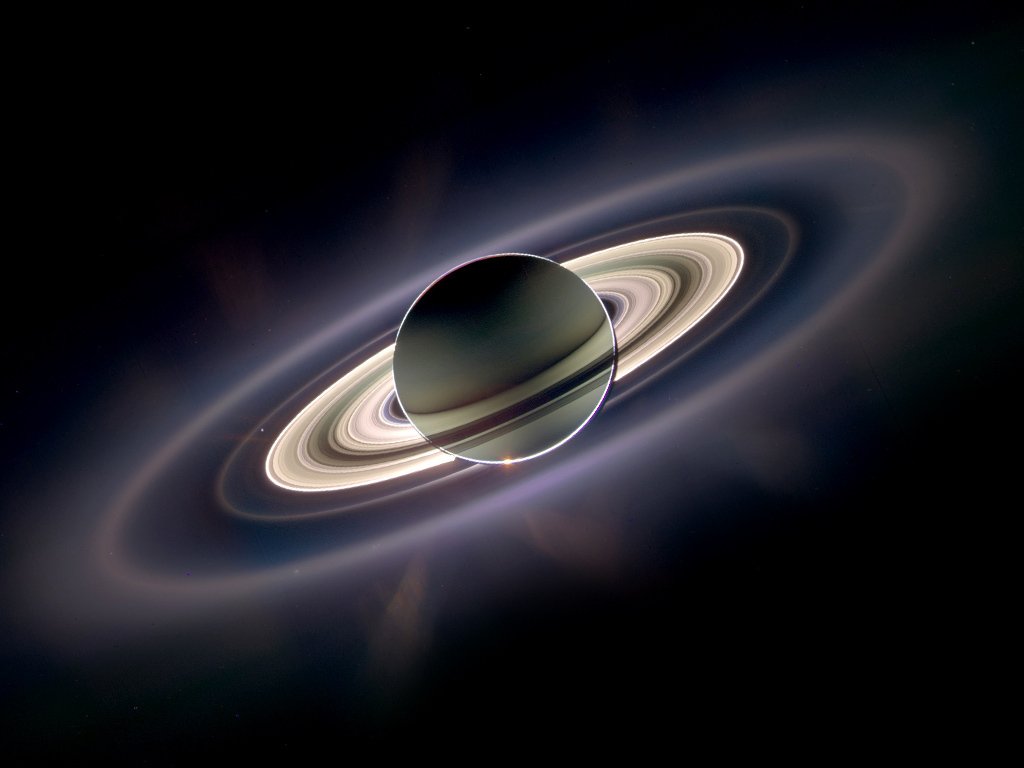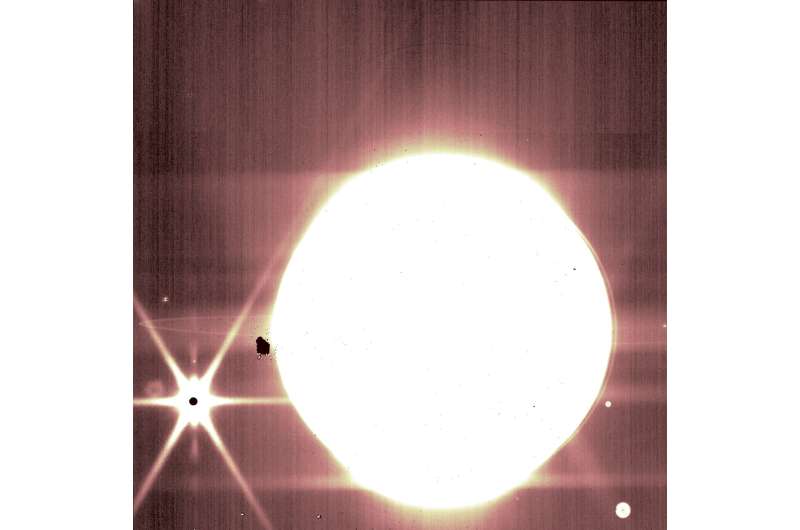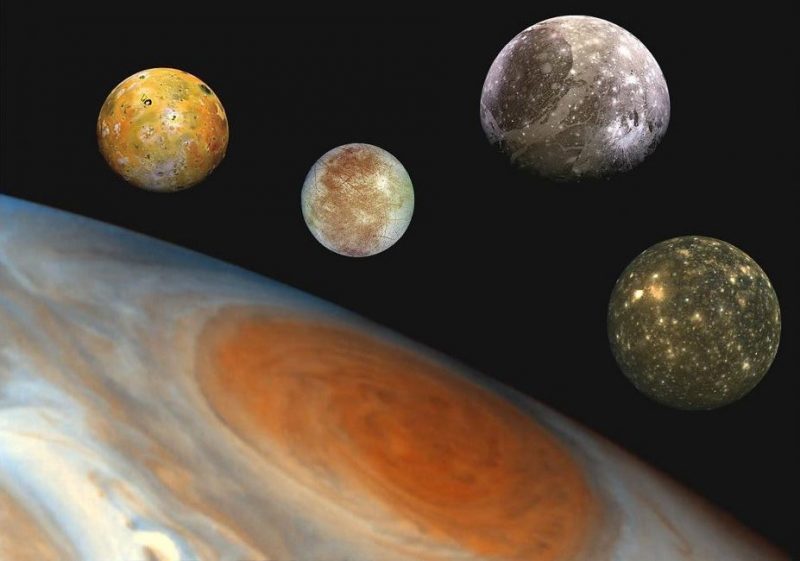Scientists have answered the question of why giant Jupiter does not have such a large ring system as Saturn. The reason for this was the massive moons of the planet.

Jupiter’s Little Rings
In mid-July 2022, the James Webb Space Telescope transmitted to Earth an image of Jupiter taken in the infrared spectrum with extreme accuracy. On it, people almost saw the rings of this planet for the first time. Before that, people mostly knew about their existence from the displays of instruments on board space probes, such as Juno.
The James Webb image demonstrated how ephemeral rings of a giant planet really are. And in this regard, they are very different from the impressive “decoration” of Saturn. Therefore, the question arises why Jupiter does not have such beauty.

Rings of giant planets are numerous blocks of ice orbiting in one plane. It is believed that this ice was brought to the systems of giant planets by comets. And the powerful gravity did not let it fly in all directions. Nothing prevents Jupiter from having rings even more impressive than Saturn’s.
Influence of moons
Stephen Kane from the University of California and his graduate student tried to solve this riddle. They suggested that the reason for this is the gravity of Jupiter’s four largest moons. They have a size comparable to the Moon or Mercury and rotate quite close to the planet.
Scientists have conducted a simulation of how ice falls into the orbit of Jupiter. And it confirmed that the gravitational force of Io, Europa, Callisto and Ganymede should either throw these fragments out of the system, or force them to collide with themselves. Therefore, massive rings near the largest planet in the Solar System simply cannot exist for a long enough time.

Other giant planets
The theory of moons as the root cause of the absence or presence of rings has greatly interested scientists. In the solar system, all four giant planets have them. However, Neptune’s are almost as weak as Jupiter’s.
But Uranus’ rings, though not as wide as Saturn’s, are very bright. Therefore, observing them is not a problem even with the help of ground-based telescopes. And it is this ice that astronomers are very interested in. The fact is that according to the prevailing ideas, Uranus once “rolled over on its side” due to a collision with a large body.
Therefore, scientists suggest that they may be the remains of this collision. And they were preserved due to the fact that Miranda, Oberon, Titania, Ariel and Umbriel do not create such powerful gravitational disturbances as Galileo’s moons.
According to phys.org
Follow us on Twitter to get the most interesting space news in time
https://twitter.com/ust_magazine

